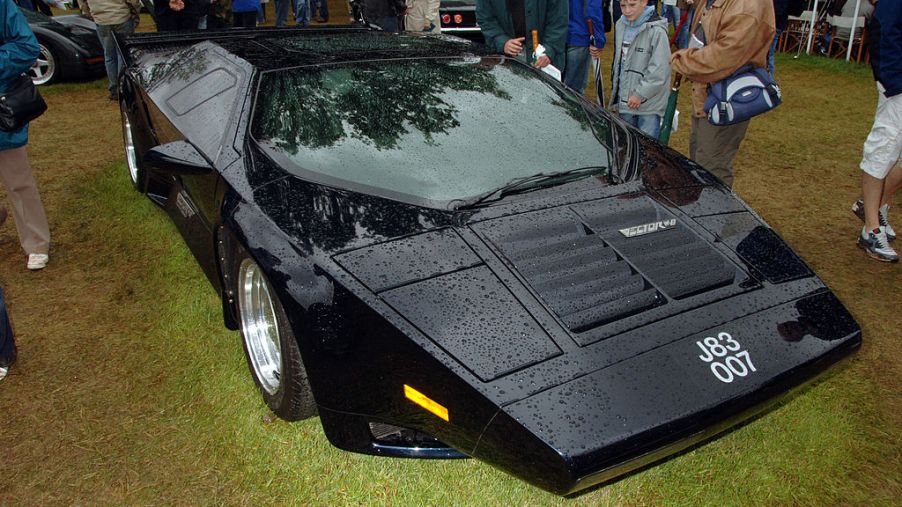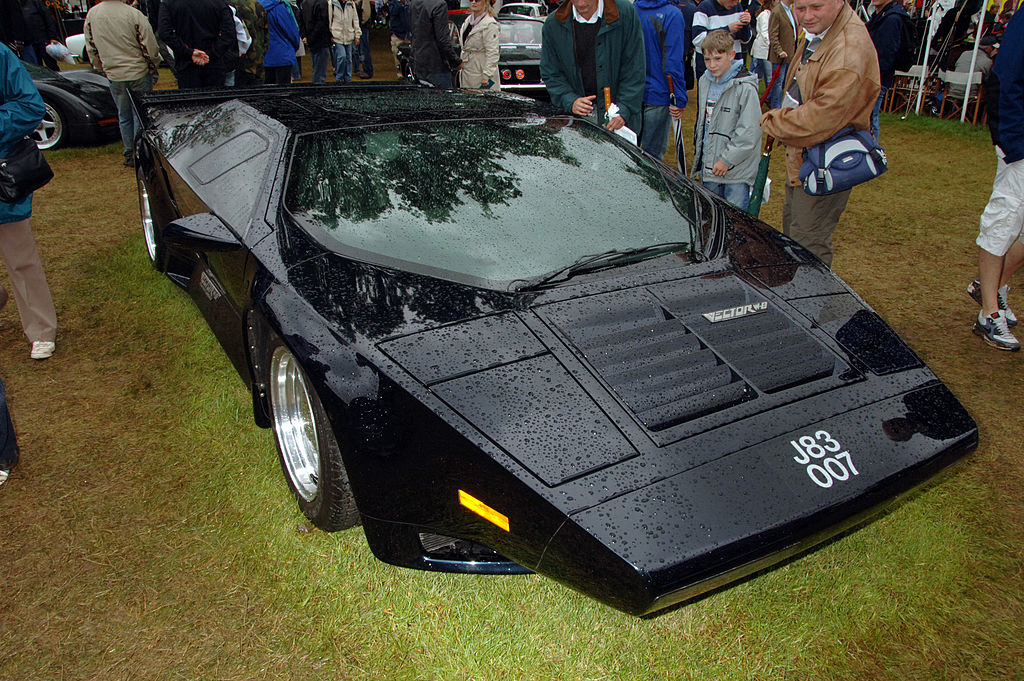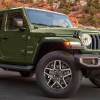
Jerry Wiegert, Creator of the Infamous Vector Supercar, Has Died
If you’ve ever seen an image or video of any Vector, you’ll know they are some of the craziest supercars ever made. The man behind this manufactured madness was Jerry Wiegert. Unfortunately, Motor1 report that Wiegert recently passed away. Despite being decades old, the design language of these unusual supercars manages to remain striking even today. Here is a look at some of Wiegert’s greatest creations.
Who was Jerry Wiegert of Vector Motors?
Jerry Wiegert was born in 1944 in Dearborn, Michigan. Motor1 report that he went on to attend Detroit’s College for Creative Studies. From there, he ended up completing an internship with General Motors in their Technical Center. According to Motor1, Wiegert also advanced his studies by graduating from ArtCenter College of Design in California. In the following years, Wiegert reportedly worked as a freelancer.
However, eventually, the car designer decided he wanted to rival established supercars with his own creation. In 1971, Wiegert founded “Vehicle Design Force,” his first venture into the automotive world as an independent. Motor1 report that eventually partnered up with Lee Brown, an expert in developing movie cars for Hollywood. After this partnership ended, the company was formally renamed Vector Motors.
The first concept developed under the Vector name was the W2. The car in question arrived in 1978 and didn’t function under its own power until 1979. What is most notable about the W2 is that over 100,000 miles were put on the concept car, a rare sight in the auto industry.
What were some of his greatest creations?
After the W2 came the most famous Vector, the W8. According to Motor1, 1989 saw the debut of one working prototype and one that was completely static. Under the hood of the Vector W8 lived a twin-turbocharged V8 engine developing 625 hp and 649 lb-ft. However, as Motor1 reports, this figure is achieved with just 8 psi of boost. Dial that number up to 14 psi, and this unusual supercar could reportedly pump out up to 1,200 hp. What was most notable of the W2 during its time was the claimed 242-mph top speed.
Unfortunately, the Vector W8 never became a commercial success. According to Motor1, just 17 customer cars were ever built during its short production run. As a result, the Vector is one of the rarest supercars on the planet. The chances of seeing one in the flesh are slim to none. In fact, there is a particular Facebook group titled “Vector Motors,” which keeps tabs on and tracks down all of the known W8 models.
There was even a V12 model toward the end

Throughout the 1990s, Wiegert decided to partner up with MegaTech, an Indonesian based company, to keep the Vector name afloat. What is most notable about this partnership is that MegaTech also owned Lamborghini during this time period. In 1995, Vector Motors, now named Vector Aeromotive Corporation, began developing a V12-powered supercar named the M12. The engine in question was sourced from the Lamborghini Diablo.
Unfortunately, poor sales figures meant the M12 also wasn’t a commercial success. As a result, just 14 units of the V12 model were ever produced. From there, the Vector story comes to a swift halt when the company formally went out of business while developing a new model dubbed the SRV8, which featured a Corvette engine and a Porsche transmission.
Regardless, Wiegert’s work has remained fascinating to behold throughout the decades, something that likely won’t change going into the future.


